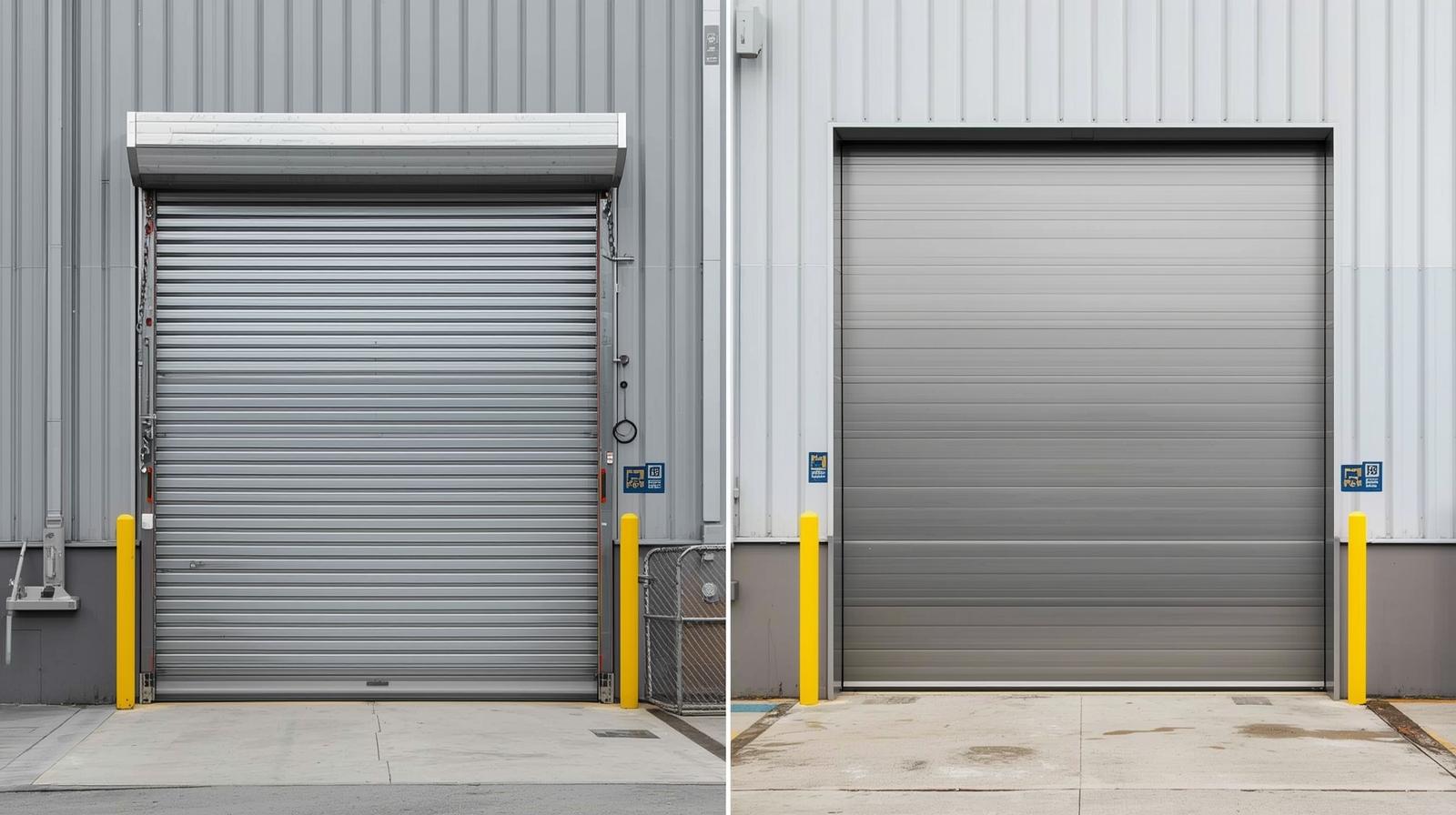Video is still the most efficient way to win attention, but traditional production can’t keep up with the pace of campaigns, channels, and tests you’re expected to run. Two product categories now support a scalable, modern video stack: AI Ad Video Generators (to convert static assets into platform-ready, short ads at scale) and AI Avatar Generators (to deliver continuous, human-presenter videos in any language). Together, they condense production cycles from weeks to hours, lower costs, and make continuous creative testing possible. This article discusses when to use each tool, how to use both together in your funnel, and the workflows, metrics, and guardrails that make AI video a trustworthy and consistent growth engine.
Why Merge Ads and Avatars?
Complementary strengths: Ad generators excel at motion graphics, dynamic layouts, cuts, and captions that grab attention in the initial three seconds. Avatars provide trusted, on-brand faces and voices that explain, reassure, and convert.
Coverage across the funnel:
- Awareness: Thumb-stopping ad creatives at scale.
- Consideration: Bite-sized product explainers or feature highlights.
- Conversion & Onboarding: Personalized avatar tutorials, FAQs, and location-specific demos.
- Operational leverage: Creative teams templatize scenes and messaging; performance teams spin up variants, languages, and sizes without bottlenecks.
When to Use Which
Use an AI Ad Video Generator when… you need rapid-fire iterations (offers, hooks, benefits), multiple aspect ratios (9:16, 1:1, 16:9), and social-native timing. Ideal for promos, UGC-style cutdowns, and retargeting bursts.
Use an AI Avatar Generator when… you need a regular presenter to introduce complex value props, communicate trust signals (eye contact, tone), or translate into multiple languages without booking talent. Ideal for landing pages, sales outreach, support, and onboarding.
Employ both together when… a campaign requires attention-grabbing creatives and explanatory clarity. Example: execute ad iterations to drive clicks, then route traffic to an avatar-fronted page that personalizes the pitch.
Features to Consider (Both Categories)
Brand controls: Fonts, color palettes, logo lockups, safe margins, scene/preset libraries.
Voice & lip-sync quality (avatars): Natural prosody, emotional range, phoneme accuracy, and face consistency across takes.
Text, motion, and captioning (ads): Template flexibility, dynamic text fields, auto-subtitle accuracy.
Multi-format export: One render to many sizes without re-editing.
Integrations: Asset libraries (DAM/Drive), ad platforms, CRM/MA for personalization.
Collaboration & compliance: Reviewer roles, approvals, audit trails, rights management.
Outputs & licensing: Explicit commercial-use terms for voices, faces, and music.
Workflow Playbooks
Playbook 1: Launch a Product in 48 Hours (Ad Generator)
Inputs: Product images/URL, 3–5 core benefits, offer, CTA, brand kit.
Hook grid: Develop 8 hooks (problem, curiosity, social proof, deal, “did-you-know”), 5–8 words each.
Template choice: Choose 2–3 paced templates (fast, medium, narrative).
Variant pass: Produce 6–10 videos mixing hooks, benefits, CTAs, and aspect ratios.
Compliance pass: Check claims, disclaimers, and geographic restrictions.
Publish & tag: UTM conventions (campaign_objective_hook_version_size).
Evaluate after 48–72 hours: Kill bottom quartile, iterate top performers with new hooks.
Playbook 2: Localize an Explainer to 6 Languages (Avatar)
Master script (90–120s): One claim per beat; timebox sentences for natural lip-sync.
Persona establishment: Lock in a presenter’s appearance, wardrobe, lighting, and framing for consistency.
Voices & languages: Choose voices with the appropriate tone (consultative vs energetic).
Localization layer: Translate script, swap CTAs, currency, and contact details.
Accessibility: Provide accurate subtitles and transcripts for every locale.
QA checklist: Pronunciation of brand names and technical terms; legal review by region.
Deliverables: 6 language versions × 2 aspect ratios × captions on/off.
Playbook 3: Always-On Creative Testing (Both)
Hypothesis bank: Document what you’re testing (e.g., “pain-first hook beats benefit-first”).
Variant planning: 5–10 ad variants + 2 avatar explainers per month.
Naming & metadata: Enforce strict naming to aid analysis.
Cadence: Weekly review; retire underperformers; scale winners with small edits (CTA, price, scene order).
Knowledge base: Capture learnings in a living “what works” doc with examples.
Creative Best Practices
Hook in three seconds: Utilize motion, contrast, or a bold statement up front.
One idea per scene: Text should be brief; talk visually; don’t clutter frames.
Readability over flair: High-contrast captions, safe margins, and mobile-first framing.
Sound matters: Even silent-optimized videos are improved by tight VO pacing and sound design when sound is on.
Proof over promises: Rapid demos, feature cutaways, or on-screen results beat vague superlatives.
For avatars: Keep eye-line near lens, blend micro-expressions, and use cuts to conserve energy; avoid uncanny “freeze face.”
Measuring ROI
Upper funnel (ads): View-through rate (VTR), 3-second hold, thumb-stop rate, CTR, CPM/CPC.
Mid/Lower funnel (avatars + ads): CPA, checkout rate, demo-booked rate, sales cycle time, onboarding completion.
Creative learning loop:
Set baseline (your current CTR/CVR).
Define kill/scale rules (e.g., pause if CTR < 80% of baseline after 1,000 impressions; scale if CPA < 75% of baseline after 10 conversions).
Report weekly: what got tested, what won, what’s next.
Attribution hygiene: Consistent UTMs, platform tags, and landing-page parity with the ad’s promise.
Implementation Roadmap
Week 1 – Selection & Setup
Shortlist tools; confirm licensing; create brand kits; build initial templates; define naming conventions and QA gates.
Week 2 – Pilot
Produce one micro-campaign with an ad generator (6–10 variations).
Produce one avatar explainer (60–90s) for a priority page.
Ship, measure, document learnings.
Weeks 3–4 – Scale & Localize
Build a reusable template library (hooks, layouts, scenes).
Localize your top explainer into 2–3 languages; include subtitles and localized CTAs.
Add automation for exports and captions.
Month 2 – Operationalize
Establish a monthly testing quota (e.g., 8 new ad variations, 2 avatar refreshes).
Produce dashboards for CTR/CPA by creative cluster.
Hold a monthly creative retro: retire losers, templatize winners, propose next hypotheses.
FAQs
Will AI replace live shoots?
No—AI does the 80% of commoditized assets. Save live shoots for flagship campaigns, brand films, and high-concept storytelling.
How realistic are avatars now?
Good enough for explainers, sales intros, and onboarding—just be sure to choose natural voices, adjust pacing, and maintain shot composition that’s human.
Can we maintain brand voice?
Yes. Start with a messaging guide, approved terminology, and perform a brand pass on all scripts before generating.
What about multilingual quality?
Use professional translation for master scripts, then lock pronunciation for product names and terminology; perform a native-speaker QA pass.
How do we avoid uncanny valley?
Choose avatars with subtle micro-expressions, keep medium/medium-close shots (no extreme close-ups), and switch cuts every 3–5 seconds.
Conclusion
Pairing AI Ad Video Generators with AI Avatar Generators gives you both velocity and meat: fast-turn ad iterations to capture the trending scroll, and consistent human presentations to teach and close. Start small—a first 48-hour ad sprint and a first localized avatar explainer—then lock in a monthly testing cadence. Within a quarter, you’ll have a replicable machine that ships more, learns faster, and spends more intelligently.





